Heat can be a silent killer. With heat, you will not see toppled trees, flooded basements, or roofs ripped off of houses like you would with other events.
Instead, heat exhaustion can develop suddenly or over a period of time and is caused by the loss of water and electrolytes by sweating. In fact, you may not even know the condition is developing for you until it's too late.
With the recent excessive heat wave occurring in Arizona which canceled numerous flights and also left many gasping for breath, it’s a reminder of how important it is to know some immediate safety tips to protect yourself, your family, your business operations and employees.
Possible heat exhaustion signs and symptoms include:
- Cool, moist skin with goose bumps when in the heat
- Heavy sweating
- Excessive thirst
- Faintness, lightheadedness
- Dizziness
- Fatigue and weakness
- Muscle cramps
- Nausea
- Headache
- Rapid pulse
- Low blood pressure upon standing
- Loss of consciousness
Excessive heat and heat exhaustion is a life-threatening condition and emergency medical attention is required immediately. With prolonged periods of hot weather, here are just a few helpful resources to learn more and protect yourself from heat.
For You: Pay close attention to heat advisories issued for you and your community. Download the free OSHA Heat Safety App and have critical information at hand.
For Your Family: Review potentially dangerous excessive heat situations and locate vital resources with National Weather Service's Heat Safety Tips and Resources.
For Your Business and Employees: Under OSHA law, employers are responsible for providing workplaces free of known safety hazards. This includes protecting workers from extreme heat. An employer with workers exposed to high temperatures should establish a complete heat illness prevention program. NOAA provides Heat Watches, Warnings, and Advisories. When there is high heat and humidity present, ensure your air conditioning and ventilation systems are in good working order to ensure the work environment is cooler.





